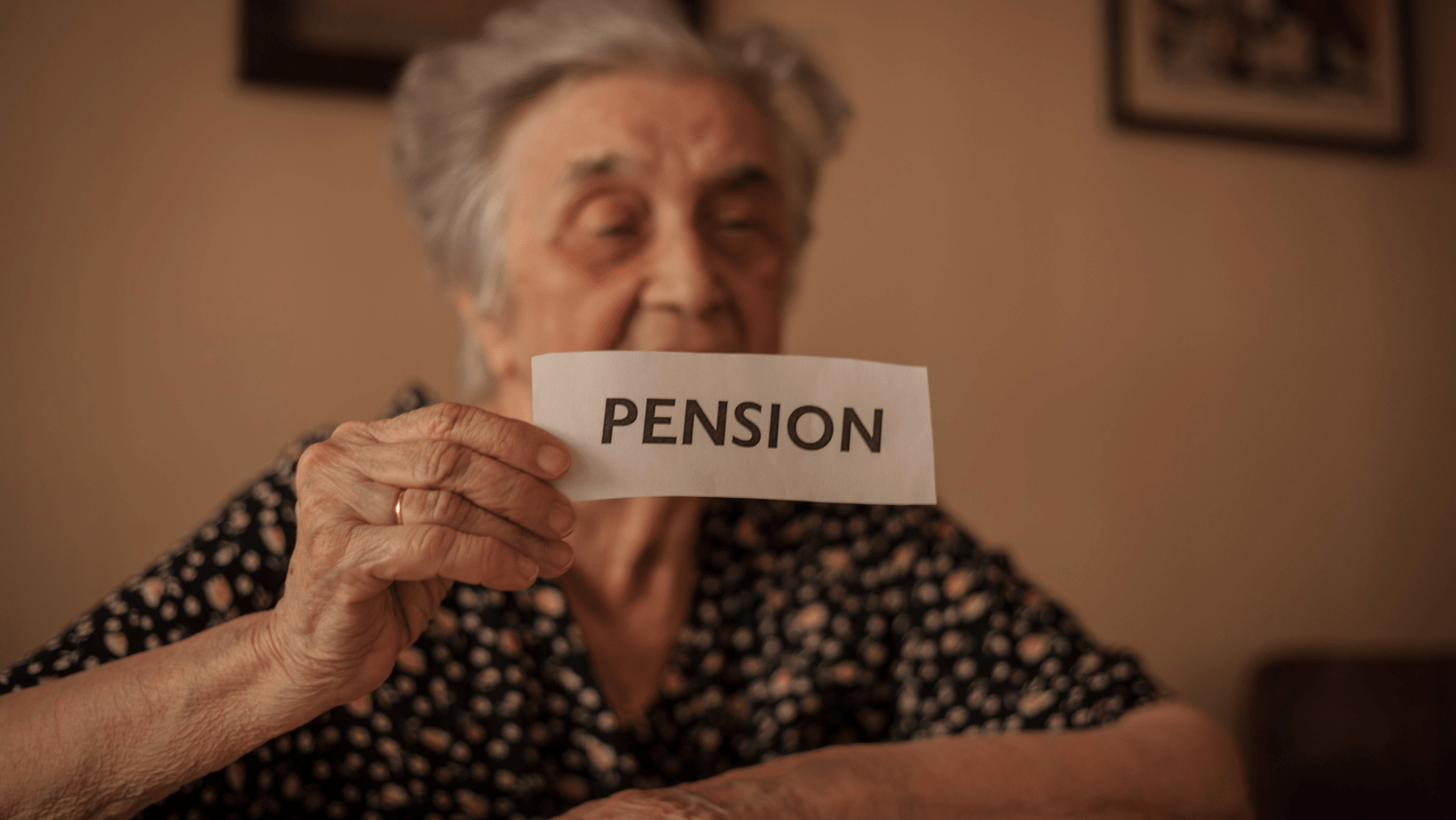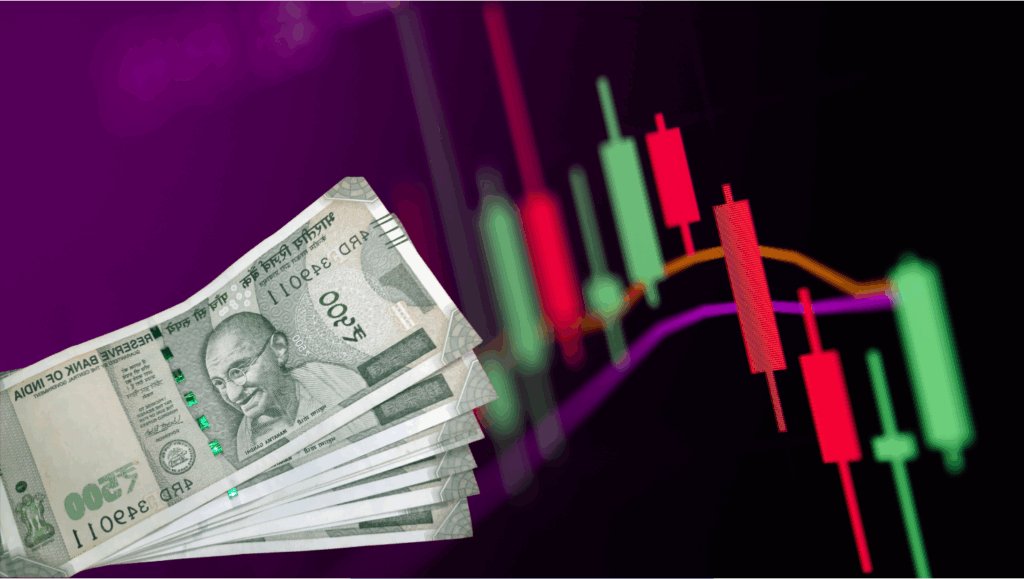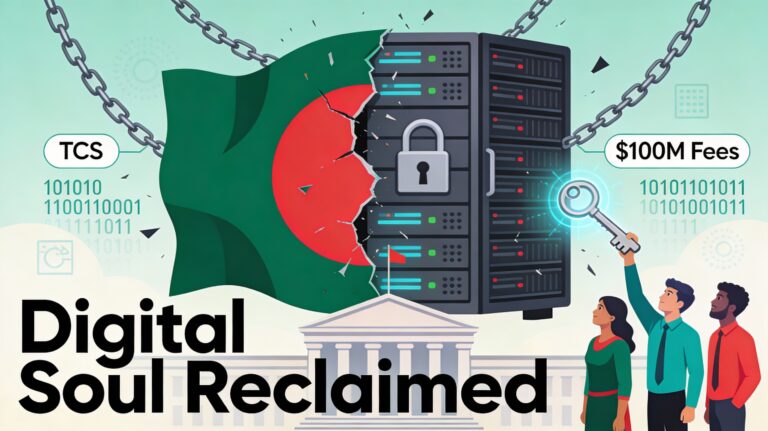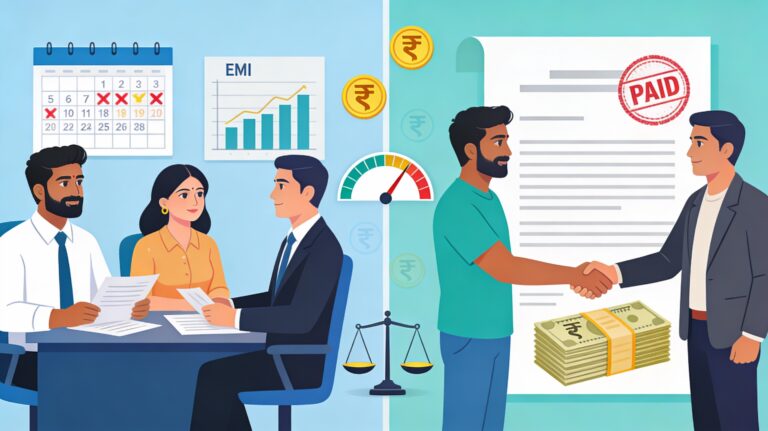
In a significant move, a delegation of pensioners under the Employees’ Pension Scheme (EPS-95) recently met with Finance Minister Nirmala Sitharaman to press for their long-standing demand of a minimum monthly pension of ₹7,500. This demand, which has been a point of contention for over seven years, aims to address the financial struggles faced by millions of pensioners across India. The delegation also requested the inclusion of dearness allowance (DA) and free medical treatment for both pensioners and their spouses.
“A delegation of pensioners under EPS-95 met Finance Minister Nirmala Sitharaman, demanding a minimum monthly pension of ₹7,500. This blog post explores the background of EPS-95, the financial struggles of pensioners, recent pension reforms, and future projections. It includes expert opinions, key statistics, and demographic data to provide a comprehensive overview of the issue. Discover the economic implications and the urgent need for government action to ensure a dignified life for pensioners. Stay informed about the latest developments and the potential impact on millions of pensioners across India.”
Expert Opinions
Experts have weighed in on the financial struggles faced by pensioners and the need for reform in the pension system:
- Ranadev Goswami, Fellow at the Indian Institute of Management Bangalore, highlights the systemic issues in the Indian pension system: “The current pension system is ineffective and unsustainable due to low coverage levels, underperformance of provident fund schemes, and financial difficulties in administering unfunded public pension programs. A structural and lasting change is necessary to address these deficiencies”.
- Max Life Insurance’s India Retirement Index Study reveals that 80% of urban Indians are not ready for retirement, with four out of five people fearing their savings will not last through retirement. This underscores the urgent need for better retirement planning and financial support for pensioners.
- Dr. Arun Kumar, an economist, emphasizes the importance of social security for the elderly: “Social security in the form of pensions is key to the financial security of India’s elderly. The government must ensure that pensioners receive adequate support to live with dignity and independence”.
Background of EPS-95
The Employees’ Pension Scheme (EPS-95) was introduced in 1995 by the Employees’ Provident Fund Organisation (EPFO) to provide social security to employees in the organized sector. Under this scheme, employees contribute a portion of their salary towards a pension fund, which is then used to provide a monthly pension upon retirement. The current minimum pension under EPS-95 is ₹1,000, which was set in 2014.
The Demand for ₹7,500 Minimum Pension
The demand for increasing the minimum pension to ₹7,500 is driven by the rising cost of living and the inadequacy of the current pension amount to meet basic needs. Pensioners argue that the existing ₹1,000 monthly pension is insufficient to cover essential expenses such as food, healthcare, and housing. Commander Ashok Raut, National President of the EPS-95 National Agitation Committee, emphasized that ₹7,500 is the minimum amount required for a dignified life.
Key Points of the Delegation's Meeting
During the meeting with Finance Minister Nirmala Sitharaman on January 10, 2025, the delegation highlighted several critical issues:
- Inadequate Pension Amount: The current pension amount of ₹1,000 is not enough to sustain a decent standard of living. Pensioners are struggling to make ends meet, and many are forced to rely on their families for financial support.
- Dearness Allowance (DA): The delegation demanded the inclusion of DA to help pensioners cope with inflation. DA is a cost-of-living adjustment allowance paid to government employees and pensioners to mitigate the impact of inflation.
- Free Medical Treatment: The pensioners also requested free medical treatment for themselves and their spouses. Healthcare costs have been rising steadily, and many pensioners find it challenging to afford necessary medical care.
- Review and Action: The Finance Minister assured the delegation that their demands would be reviewed and addressed sympathetically. This assurance has given hope to the pensioners, but they stress the need for decisive action in the upcoming budget.
The Plight of Pensioners
The plight of pensioners under EPS-95 is a matter of grave concern. Despite the government's announcement in 2014 to set the minimum pension at ₹1,000, over 36.60 lakh pensioners still receive less than this amount. The pensioners' struggle for a higher pension has been ongoing for over seven years, with numerous protests and meetings with government officials.
Economic Implications
Increasing the minimum pension to ₹7,500 would have significant economic implications. It would require substantial financial resources from the government, but it would also provide much-needed relief to millions of pensioners. The increased pension amount would help improve the quality of life for pensioners, reduce their financial dependence on families, and stimulate economic activity by increasing their purchasing power.
Statistics and Data
To provide a clearer picture of the current situation and the potential impact of the proposed changes, here are some key statistics:
- Number of Pensioners: As of 2023, there are approximately 7.55 million pensioners under the EPS-95 scheme.
- Current Pension Distribution: Over 3.64 million pensioners receive a monthly pension of up to ₹1,000, while only about 26,769 pensioners receive a monthly pension of over ₹5,000.
- Average Pension: The average pension under EPS-95 is around ₹1,506 per month.
- Financial Outlay: In the fiscal year 2022-23, the EPS-95 scheme disbursed a total of ₹21,796.85 crore to pensioners.
- Pensioners Below Minimum Pension: Despite the minimum pension being set at ₹1,000, over 36.60 lakh pensioners still receive less than this amount.
Demographics of Pensioners
To further understand the demographics of pensioners in India, here are some additional statistics:
- Gender Ratio: The elderly population in India is predominantly female, with 1,065 females per 1,000 males.
- Widowhood: Approximately 54% of elderly women are widows.
- Living Alone: About 6% of elderly men and 9% of elderly women live alone.
- Rural Elderly: Around 70% of the elderly population resides in rural areas.
- Age Distribution: The elderly population (aged 60 years and above) constitutes about 10.1% of the total population in India as of 2021.
- Old-Age Dependency Ratio: The old-age dependency ratio, which indicates the number of elderly people (aged 60 and above) per 100 working-age people (aged 15-59), has increased from 10.9% in 1961 to 13.1% in 2001.
Financial Struggles of Pensioners
The financial struggles faced by pensioners in India are multifaceted and deeply concerning. Here are some key points highlighting these challenges:
- Rising Healthcare Costs: Healthcare expenses have been increasing steadily, making it difficult for pensioners to afford necessary medical treatments. Many pensioners have to choose between healthcare and other essential needs.
- Inflation: Inflation erodes the purchasing power of pensioners, making it harder for them to maintain their standard of living. The current pension amount is insufficient to keep up with the rising cost of living.
- Inadequate Savings: Many pensioners did not have the opportunity to save adequately for their retirement due to low wages and lack of financial literacy. This has left them financially vulnerable in their old age.
- Dependence on Family: A significant number of pensioners are financially dependent on their families, which can strain family relationships and lead to feelings of helplessness and loss of dignity.
- Lack of Social Security: The fragmented pension system in India means that many pensioners do not have access to adequate social security benefits. This leaves them without a reliable safety net in their old age.
- Gender Disparities: Elderly women, in particular, face greater financial challenges due to lower lifetime earnings, higher rates of widowhood, and longer life expectancies.
The demand for a ₹7,500 minimum monthly pension under EPS-95 is a crucial issue that affects millions of pensioners across India. The recent meeting between the pensioners' delegation and Finance Minister Nirmala Sitharaman has brought renewed hope for a positive outcome. However, it is imperative that the government takes decisive action in the upcoming budget to address the pensioners' demands and ensure a dignified life for them.
By addressing the financial struggles of pensioners and providing adequate support, the government can help improve the quality of life for senior citizens and contribute to a more equitable society. The inclusion of DA and free medical treatment would further alleviate the burden on pensioners and ensure they receive the care and support they deserve.
































